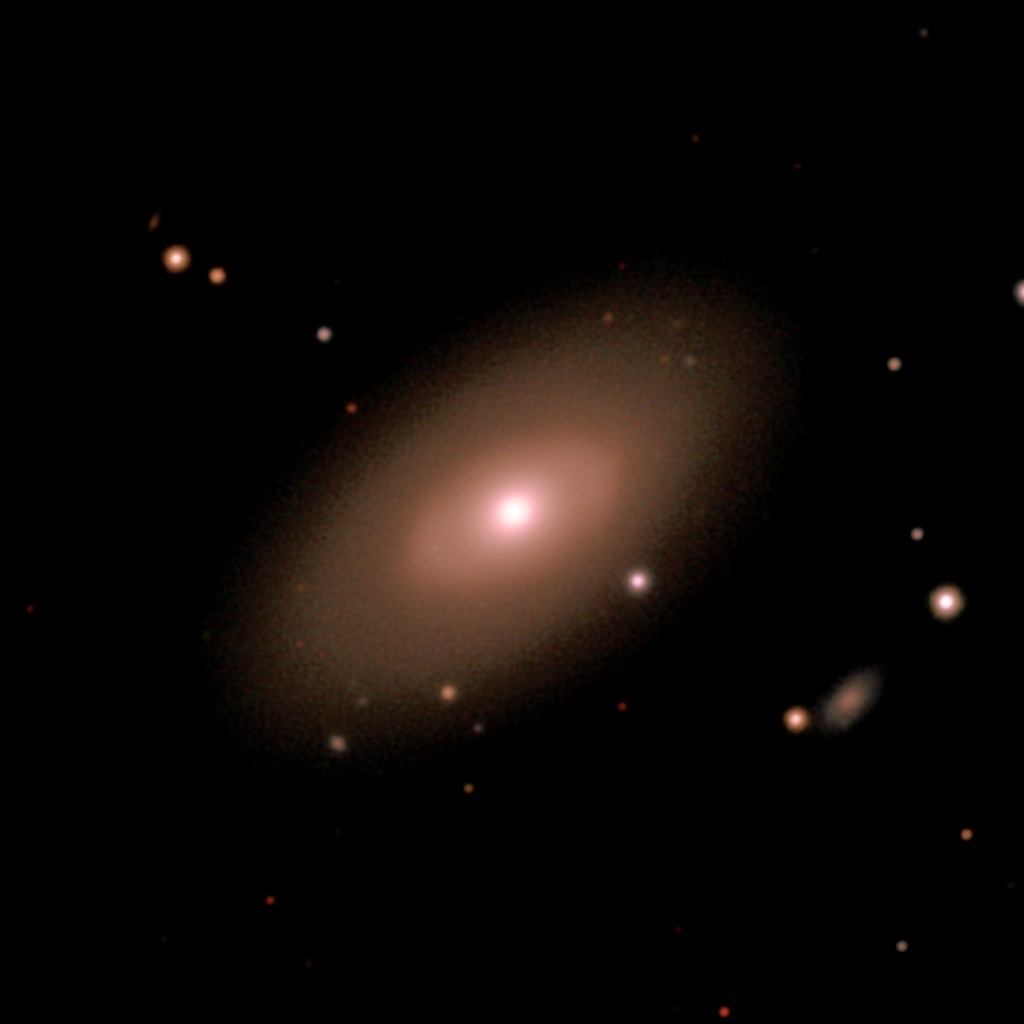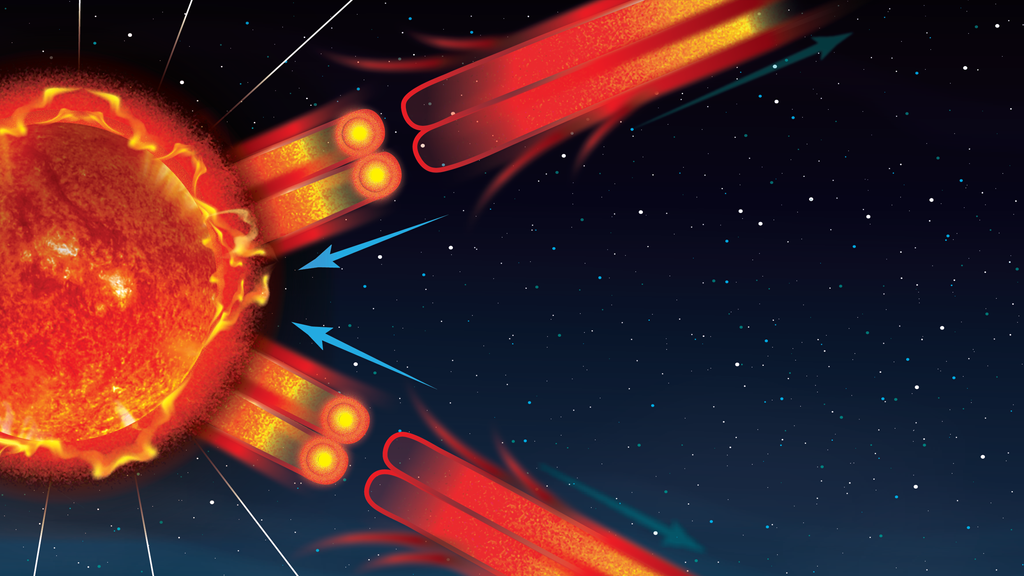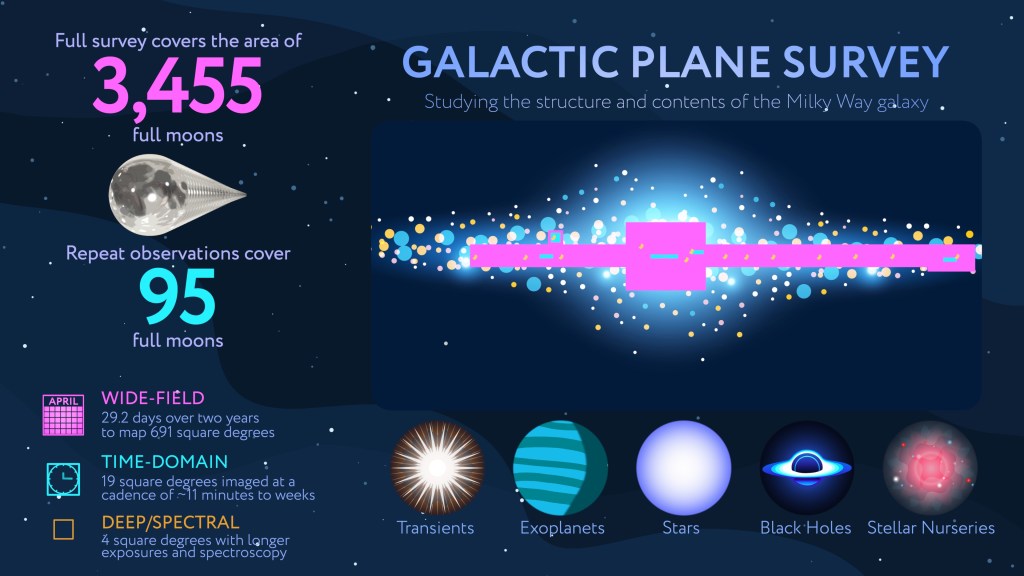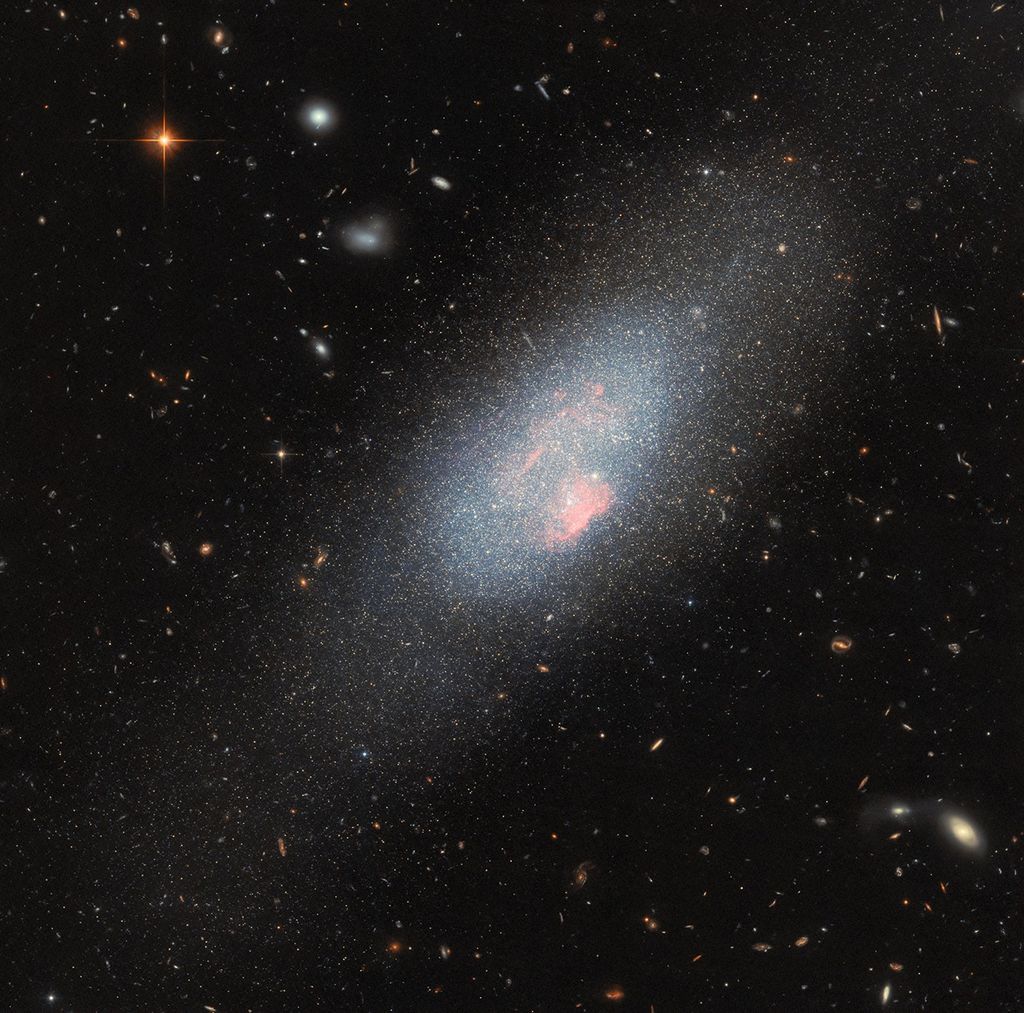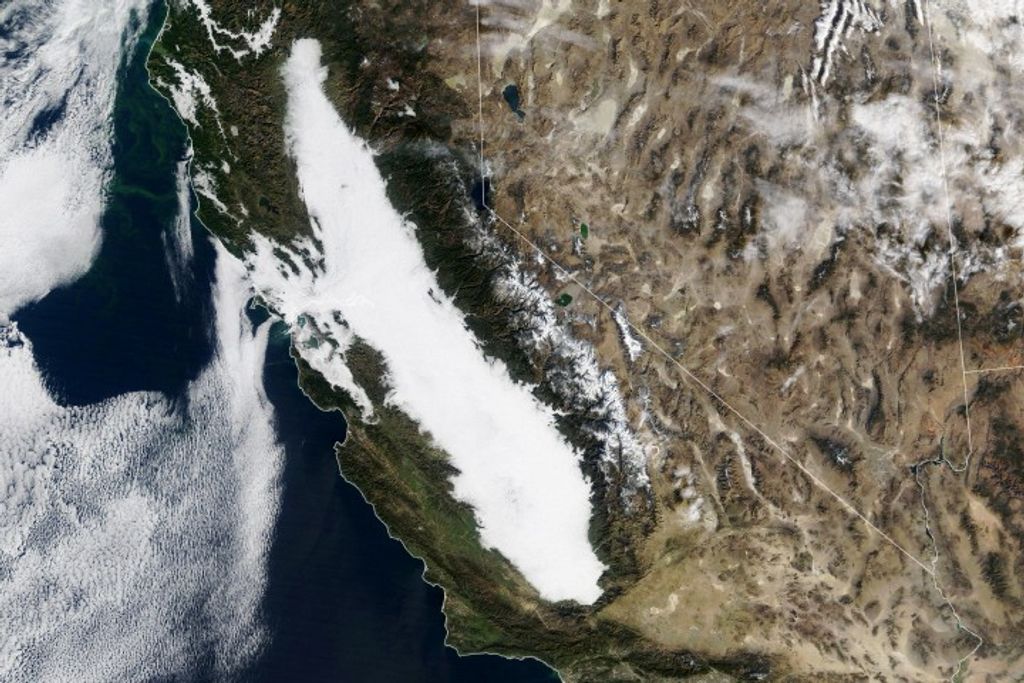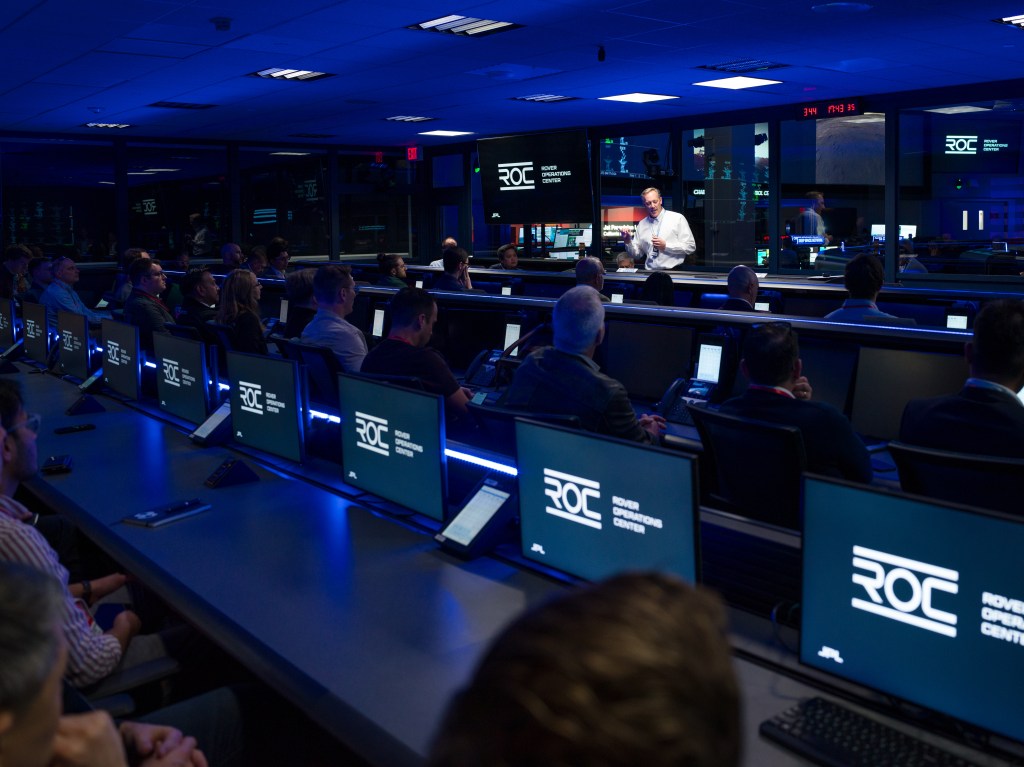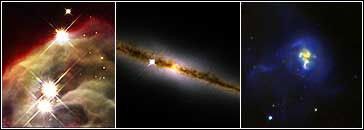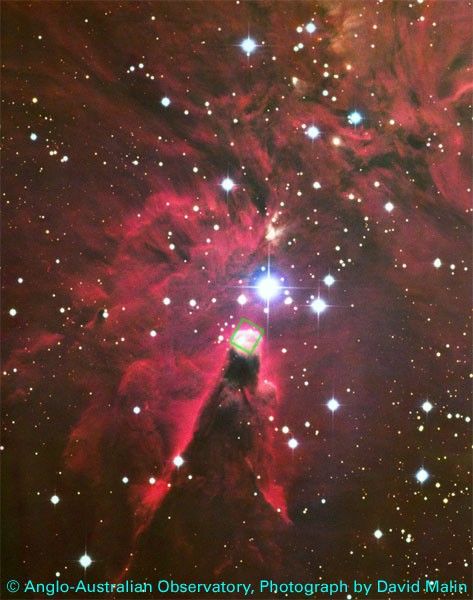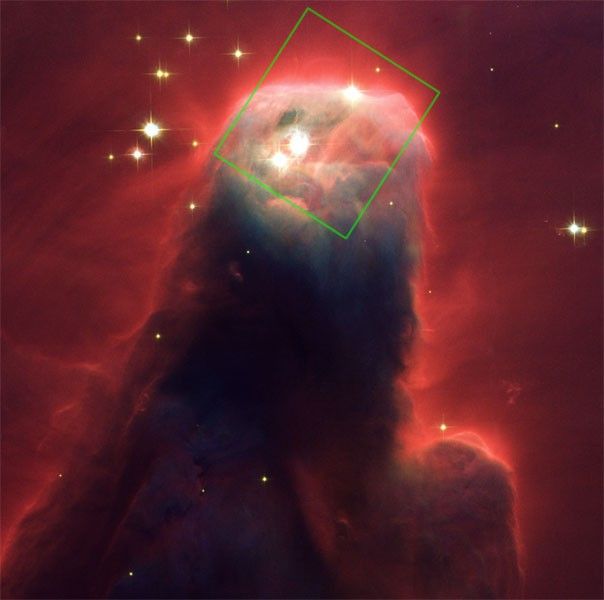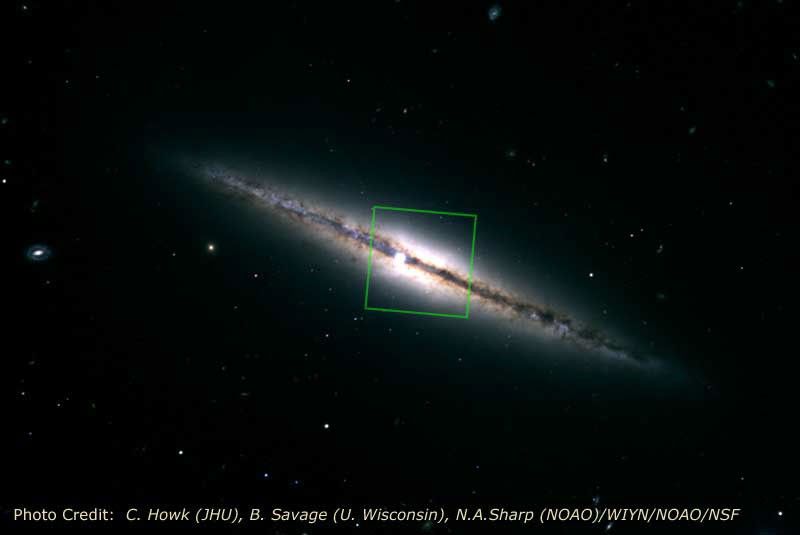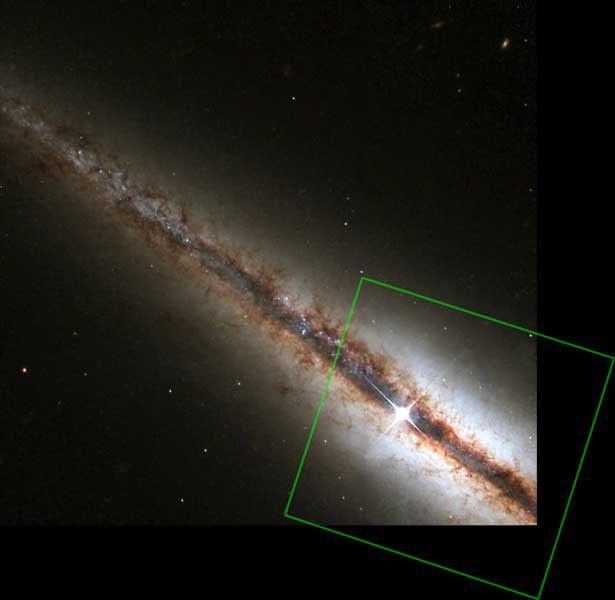1 min read
Nicmos Peels Away Layers of Dust to Show Inner Region of Dusty Nebula
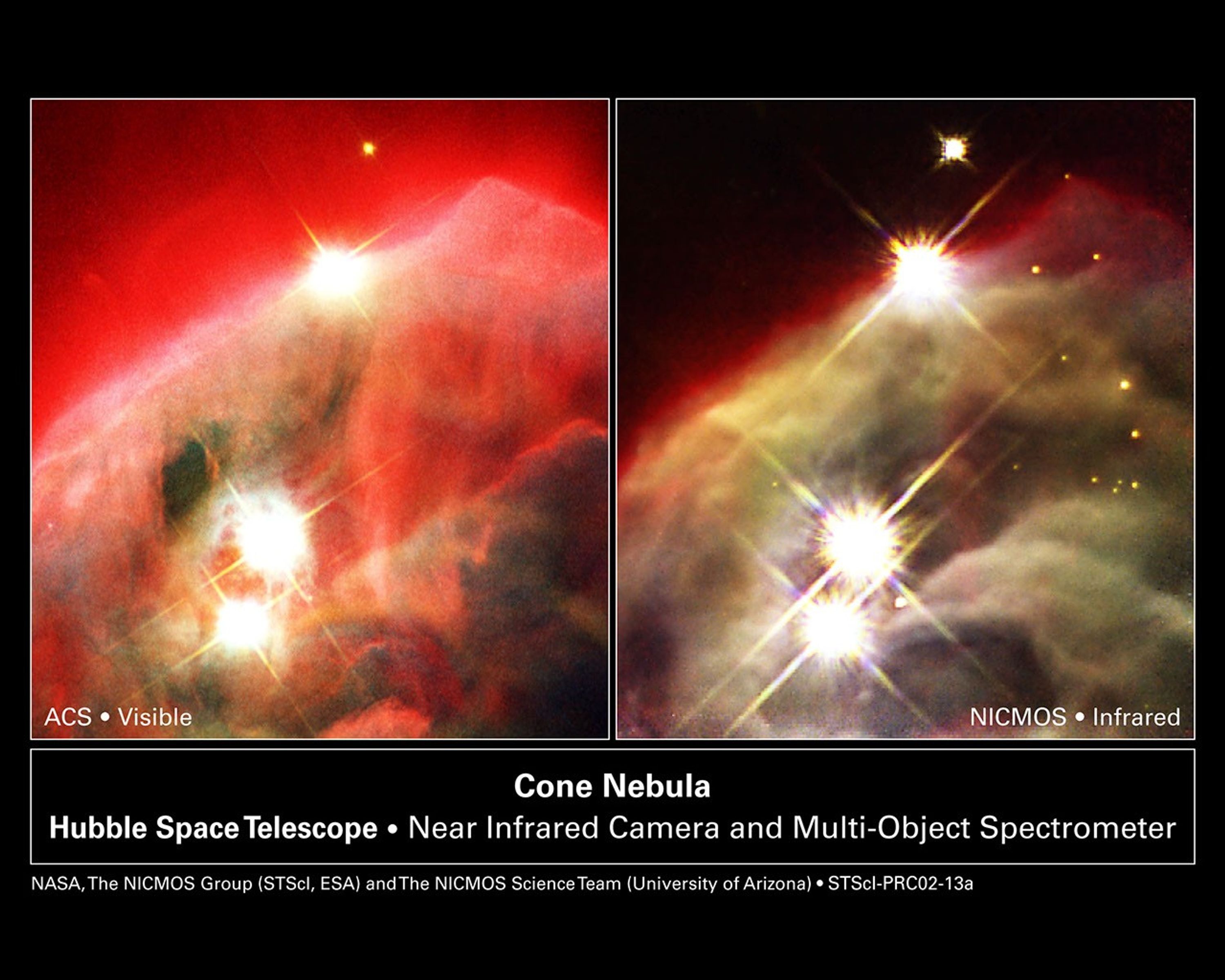
The revived Near Infrared Camera and Multi-Object Spectrometer (NICMOS) aboard NASA's Hubble Space Telescope has penetrated layers of dust in a star-forming cloud to uncover a dense, craggy edifice of dust and gas [image at right].
This region is called the Cone Nebula (NGC 2264), so named because, in ground-based images, it has a conical shape. NICMOS enables the Hubble telescope to see in near-infrared wavelengths of light, so that it can penetrate the dust that obscures the nebula's inner regions. But the Cone is so dense that even the near-infared "eyes" of NICMOS can't penetrate all the way through it.
The image shows the upper 0.5 light-years of the nebula. The entire nebula is 7 light-years long. The Cone resides in a turbulent star-forming region, located 2,500 light-years away in the constellation Monoceros.
Radiation from hot, young stars [located beyond the top of the image] has slowly eroded the nebula over millions of years. Ultraviolet light heats the edges of the dark cloud, releasing gas into the relatively empty region of surrounding space.
NICMOS has peeled away the outer layers of dust to reveal even denser dust. The denser regions give the nebula a more three-dimensional structure than can be seen in the visible-light picture at left, taken by the Advanced Camera for Surveys aboard the Hubble telescope. In peering through the dusty façade to the nebula's inner regions, NICMOS has unmasked several stars [yellow dots at upper right]. Astronomers don't know whether these stars are behind the dusty nebula or embedded in it. The four bright stars lined up on the left are in front of the nebula.
The human eye cannot see infrared light, so colors have been assigned to correspond with near-infrared wavelengths. The blue light represents shorter near-infrared wavelengths and the red light corresponds to longer wavelengths.
The NICMOS color composite image was made by combining photographs taken in J-band, H-band, and Paschen-alpha filters. The NICMOS images were taken on May 11, 2002.
About the Object
- R.A. PositionR.A. PositionRight ascension – analogous to longitude – is one component of an object's position.06h 41m 6.0s
- Dec. PositionDec. PositionDeclination – analogous to latitude – is one component of an object's position.09° 52' 59.99"
- ConstellationConstellationOne of 88 recognized regions of the celestial sphere in which the object appears.Monoceros
- DistanceDistanceThe physical distance from Earth to the astronomical object. Distances within our solar system are usually measured in Astronomical Units (AU). Distances between stars are usually measured in light-years. Interstellar distances can also be measured in parsecs.About 2,500 light-years (770 parsecs)
About the Data
- Data DescriptionData DescriptionProposal: A description of the observations, their scientific justification, and the links to the data available in the science archive.
Science Team: The astronomers who planned the observations and analyzed the data. "PI" refers to the Principal Investigator.NICMOS image (right) Principal Astronomers: A. Fruchter, B. Mobasher, and A.Schultz (STScI) - InstrumentInstrumentThe science instrument used to produce the data.HST>ACS/WFC (left) and HST>NICMOS/NIC3 (right)
- Exposure DatesExposure DatesThe date(s) that the telescope made its observations and the total exposure time.April 2, 2002 (left) and May 11, 2002 (right)
- FiltersFiltersThe camera filters that were used in the science observations.NICMOS image (right) F110W (J-band), F160W (H-band), F187N (Paschen-alpha) ACS image (left) F435W (B), F658N (H-alpha), F814W (I)
- Object NameObject NameA name or catalog number that astronomers use to identify an astronomical object.Cone Nebula, NGC 2264
- Object DescriptionObject DescriptionThe type of astronomical object.Gaseous Pillar in the Milky Way Galaxy
- Release DateJune 5, 2002
- Science ReleaseHubble’s Infrared Camera is Back in Business – New Images Released
- Credit
Related Images & Videos
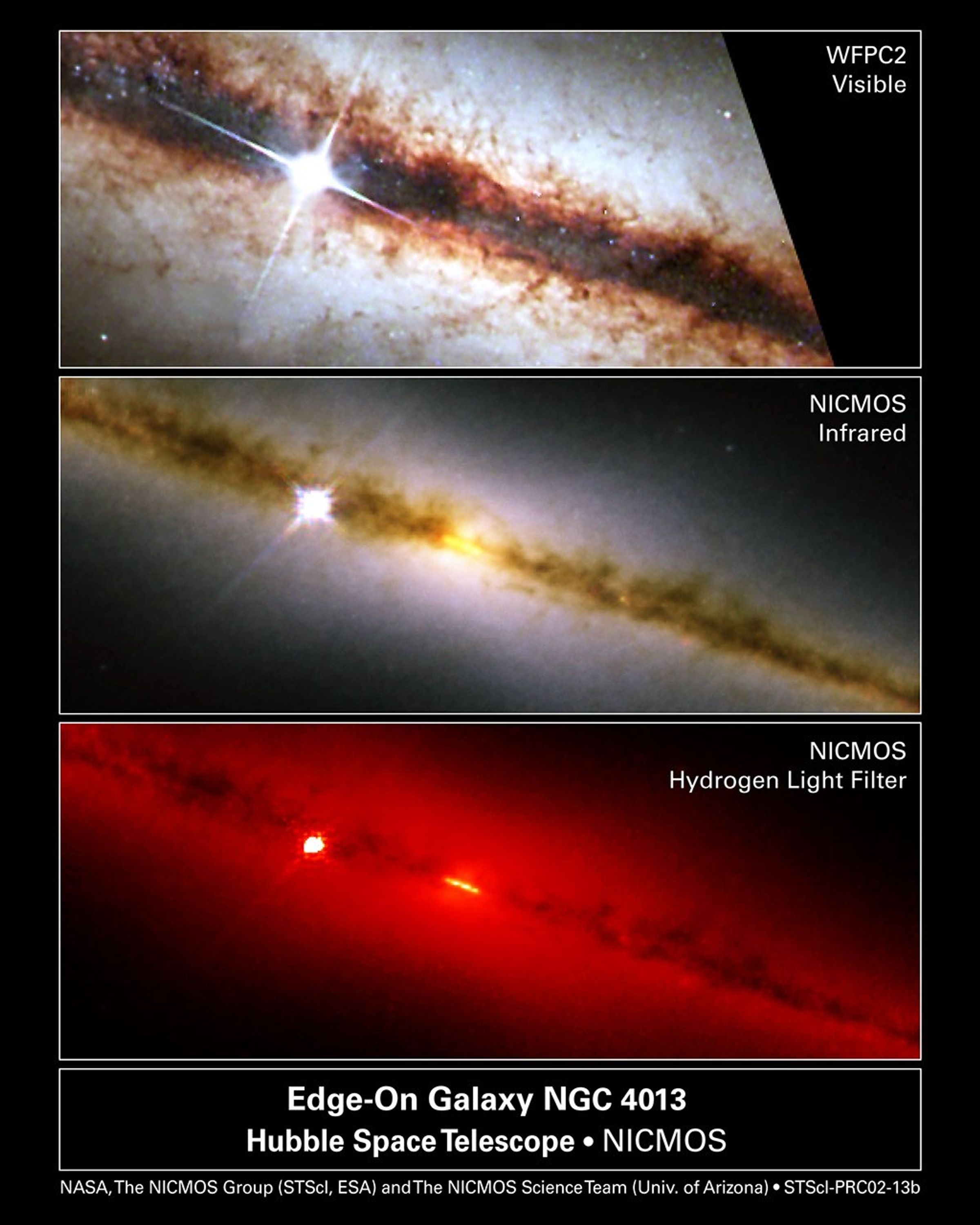
NICMOS Finds a Golden Ring at the Heart of a Galaxy
The revived Near Infrared Camera and Multi-Object Spectrometer (NICMOS) aboard NASA's Hubble Space Telescope has pierced the dusty disk of the "edge-on" galaxy NGC 4013 and peered all the way to the galactic core. To the surprise of astronomers, NICMOS found a brilliant...

Tumultuous Collision Between Four Galaxies (IRAS 19297-0406)
Two powerful cameras aboard NASA's Hubble Space Telescope teamed up to capture the final stages in the grand assembly of galaxies. The photograph, taken by the Advanced Camera for Surveys (ACS) and the revived Near Infrared Camera and Multi-Object Spectrometer (NICMOS), shows a...
Share
Details
Claire Andreoli
NASA’s Goddard Space Flight Center
Greenbelt, Maryland
claire.andreoli@nasa.gov


